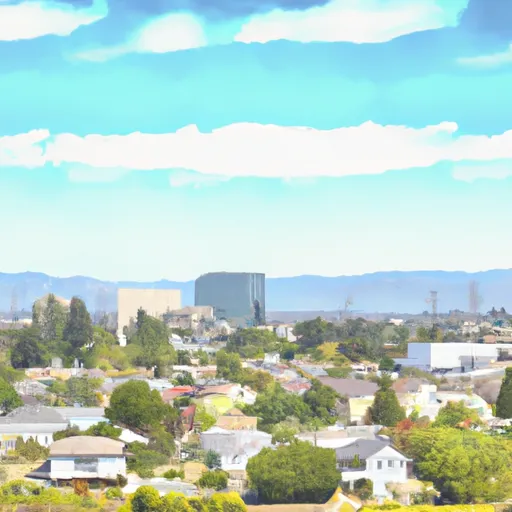-
 Snoflo Premium
Snoflo Premium
Get unlimited access to all our content
With no Ad interruptions! - Start Your Free Trial Login with existing account
Redway
Eden Index
Climate
8.9
•
Recreation
5.4
•
Community
0.7
•
Safeguard
5.6/10

Redway is a small unincorporated community located in Humboldt County, California. Situated in the heart of the famous Emerald Triangle, it is known for its lush green landscape and temperate climate. The region experiences a mild Mediterranean climate, with warm, dry summers and cool, wet winters. The average temperature ranges from 50°F (10°C) in winter to 75°F (24°C) in summer.
Redway is surrounded by several waterways, including the South Fork Eel River and the nearby Redwood Creek. These hydrology constituents provide ample opportunities for outdoor recreation. Fishing enthusiasts can cast their lines in the rivers and creeks, hoping to catch salmon, trout, and steelhead. The pristine waters also offer kayaking and rafting adventures, allowing visitors to explore the breathtaking scenery.
Hikers and nature lovers will be delighted by the numerous trails and parks in the area, such as the Humboldt Redwoods State Park. Towering redwood trees provide shade and create a magical atmosphere, perfect for hiking, camping, and picnicking. The nearby Lost Coast Trail offers a challenging backpacking experience along a rugged and remote stretch of coastline.
Overall, Redway's favorable climate, abundant waterways, and stunning natural surroundings make it an ideal destination for outdoor enthusiasts seeking adventure and tranquility.
What is the Eden Index?
The Snoflo Eden Index serves as a comprehensive rating system for regions, evaluating their desirability through a holistic assessment of climate health, outdoor recreation opportunities, and natural disaster risk, acknowledging the profound impact of these factors on livability and well-being.
Climate Health Indicator (CHI): 8.9
Redway receives approximately
1466mm of rain per year,
with humidity levels near 78%
and air temperatures averaging around
14°C.
Redway has a plant hardyness factor of
9, meaning
plants and agriculture in this region tend to thrive here all year round.
By considering the ideal temperature range, reliable water supplies, clean air, and stable seasonal rain or snowpacks, the Climate Health Indicator (CHI) underscores the significance of a healthy climate as the foundation for quality living.
A healthy climate is paramount for ensuring a high quality of life and livability in a region, fostering both physical well-being and environmental harmony. This can be characterized by ideal temperatures, reliable access to water supplies, clean air, and consistent seasonal rain or snowpacks.
Weather Forecast
Streamflow Conditions
Northern California Coastal
Area Rivers
Northern California Coastal
Snowpack Depths
Northern California Coastal
Reservoir Storage Capacity
Northern California Coastal
Groundwater Levels
Recreational Opportunity Index (ROI): 5.4
The Recreational Opportunity Index (ROI) recognizes the value of outdoor recreational options, such as parks, hiking trails, camping sites, and fishing spots, while acknowledging that climate plays a pivotal role in ensuring the comfort and consistency of these experiences.
Access to outdoor recreational opportunities, encompassing activities such as parks, hiking, camping, and fishing, is crucial for overall well-being, and the climate plays a pivotal role in enabling and enhancing these experiences, ensuring that individuals can engage in nature-based activities comfortably and consistently.
Nearby Fishing
Nearby Ski Areas
Catastrophe Safeguard Index (CSI):
The Catastrophe Safeguard Index (CSI) recognizes that natural disaster risk, encompassing floods, fires, hurricanes, and tornadoes, can drastically affect safety and the overall appeal of an area.
The level of natural disaster risk in a region significantly affects safety and the overall livability, with climate change amplifying these risks by potentially increasing the frequency and intensity of events like floods, fires, hurricanes, and tornadoes, thereby posing substantial challenges to community resilience and well-being.
Community Resilience Indicator (CRI): 0.7
The Community Resilience Indicator (CRI) recognizes that education, healthcare, and socioeconomics are crucial to the well-being of a region. The CRI acknowledges the profound impact of these elements on residents' overall quality of life. By evaluating educational resources, healthcare accessibility, and economic inclusivity, the index captures the essential aspects that contribute to a thriving community, fostering resident satisfaction, equity, and social cohesion.

